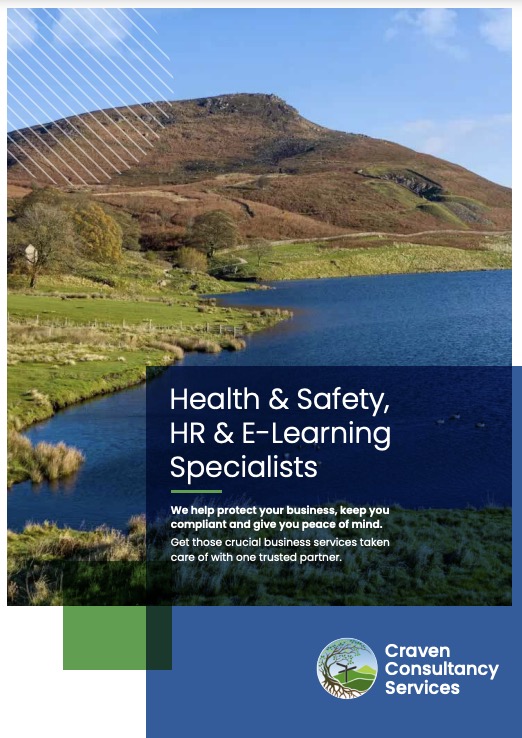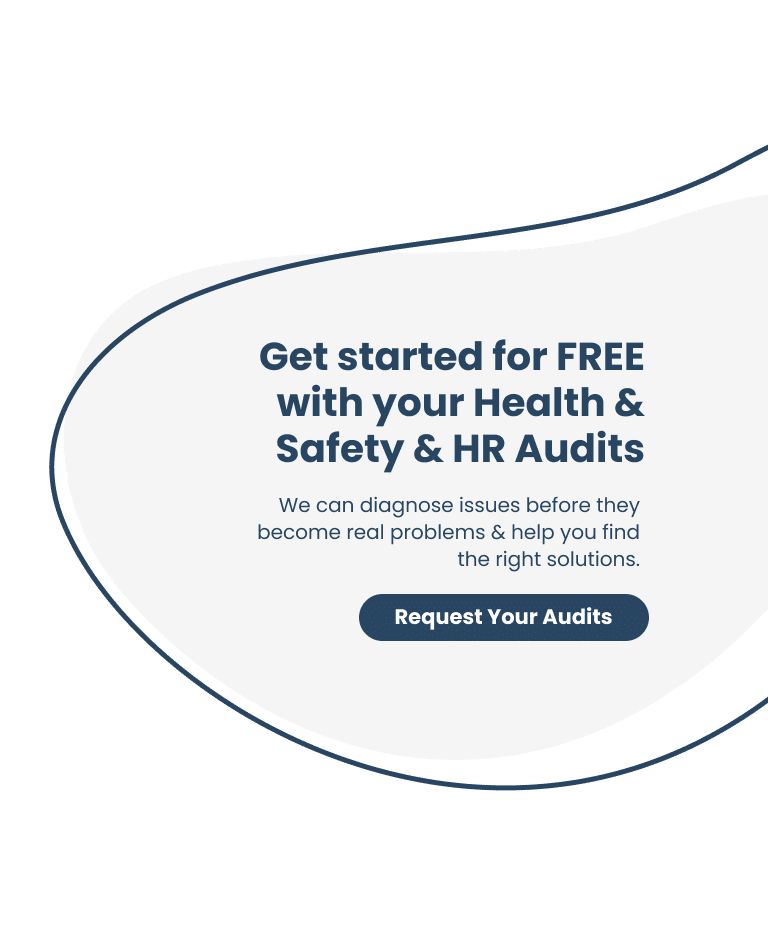The guidance appears therefore to be quite confusing. On the one hand COVID safety measures are no longer required for the majority of businesses, but on the other the guidance to self-isolate has been significantly widened. This leaves employers in a real bind as to what to do and leaves open the ongoing significant interruption to business that periods of self-isolation create. Employers will need to give thought to what, if any, other protective measures (such as screens and sanitiser) they wish to retain should they wish to insist on those suffering from a respiratory illness coming to work.
What to do if a member of staff has symptoms of a respiratory infection, including COVID-19
If a member of staff is unwell with symptoms of a respiratory infection, such as COVID-19, they should follow the guidance for people with symptoms of a respiratory infection such as COVID-19.
Employers, in accordance with their legal obligations, may wish to consider how best to support and enable their workforce to follow this guidance as far as possible.













